Jodo The Way of the Staff: A Basic Introduction
By Paul 'Batman' O'Brien
B.A., N.C.E.H.S., Dip. Acu., Adv. Dip. OBB, Cert Clin. Med. Pn1, PN-SSR, PN-NCA, M.AFPA, M.ETCMA, M.C.Th.A.
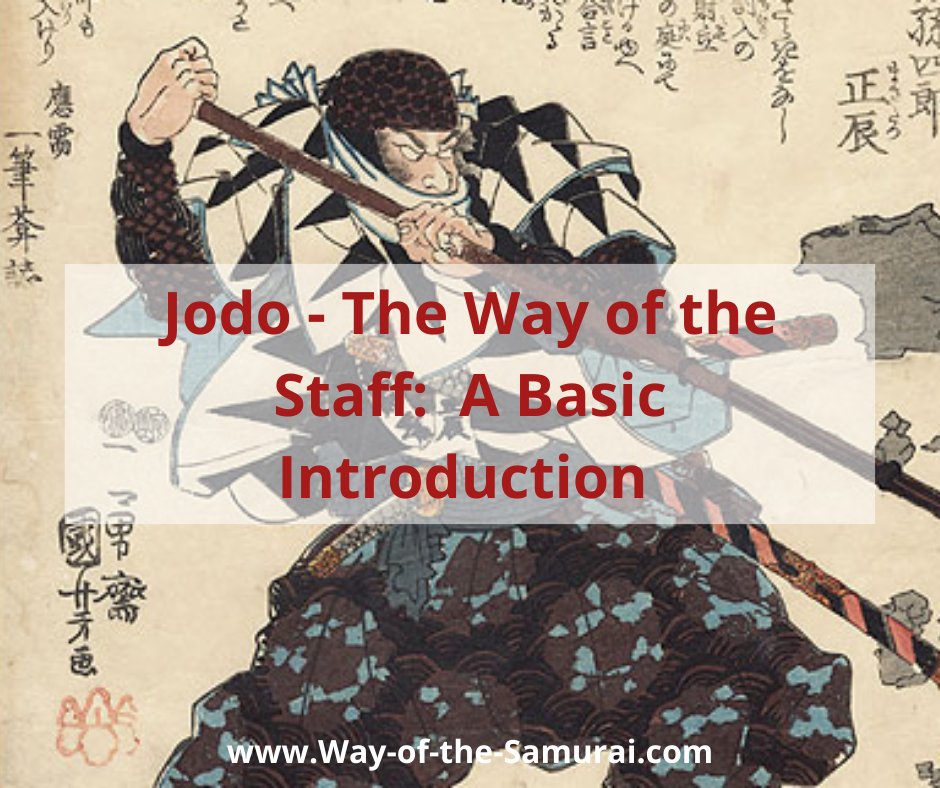
Jodo The Way of the Staff, is one of the most complex, electrifying, and enthralling martial arts I have ever practised, and easily the most practical. Who doesn't have a broomstick handy? What is simpler than a stick - and yet this short staff could defeat the greatest swordsman and warrior who ever lived.
In the vast landscape of Japanese martial arts, jodo stands as a unique and fascinating discipline that often goes unnoticed by newcomers seeking their first martial art. Yet for those who discover it, jodo offers a remarkable journey of skill development, philosophical growth, and historical connection that few other arts can match.
If you've ever wondered about that elegant wooden staff you've seen in demonstrations or been curious about an art that emphasises both technical precision and spiritual development, this introduction to jodo is your first step on a rewarding path.
Below you'll find more information, providing a brief introduction to Jodo, The Way of the Staff, and a full directory of articles I'll be publishing on the topic. These articles are mostly expansions on essays and notes written for my students to give them context of the art. I have another section with more advanced content as well, looking at the translation of key Jodo works, and excerpts from some of my Jodo books and manuals.
These will be uploaded over the coming months, but for now, this article is a neat little intro.
Jodo Article Directory
Jodo
- The Way of the Staff: An Introduction to Jodo for Beginners*
- The Fascinating Origin Story of Jodo: How a Defeat Led to Enlightenment*
- The Hidden Benefits of Jodo Training: More Than Just Self-Defence*
- Getting Started with Jodo: Your First Steps on the Path*
- The Language of Jodo: Essential Terms and Concepts for Beginners*
- The Fundamental Techniques of Jodo: Building Blocks of Mastery*
- The Philosophy Behind Jodo: Walking the Warrior's Path in Modern Times*
- Jodo and Iaido: The Perfect Martial Arts Partnership*
- The Journey Forward: Progression and Growth in Jodo*
- Joining the Global Jodo Community: Have Stick Will Travel*
- The Sacred Dimensions of Jodo: Spiritual Elements in Training*
- Jodo Etiquette: Navigating Traditional Dojo Culture with Confidence*
- The Jo as Teacher: What Your Wooden Staff Can Teach You*
- The Rhythm of Jodo: Understanding Timing and Flow*
- Jodo for Every Body: Adaptations and Modifications for All Practitioners*
- The Art of Ukemi: Being a Good Training Partner in Jodo*
- Jodo Through the Seasons: Year-Round Training Considerations*
- The Mental Game of Jodo: Developing Focus and Presence*
- Jodo on the Go: Maintaining Practice When Away from the Dojo*
- Beyond Technique: The Cultural Context of Jodo*
- The BKA and the Phantom Terror: My First Jodo Grading
- O'Brien and Kennedy Make Irish Martial Arts History*
- Sticking it to the Irish: A Jodo Grading
- Gradings Galore*
- Walking Stick to the Way of the Stick: My Journey from Multiple Sclerosis to Winning Medals at my First European Jodo Championship.*
- Jodo Warm-up: Stick Gymnastics from Japan*
Intermediate/Advanced Student Articles
- The Physical Manifestation of Your Martial Readiness:The Kamae of ZNKR Jōdō *
- Understanding Yaya Hanmi and Ma Hanmi in Jōdo *
- Principles and Core Lessons in ZNKR Jōdo Kata *
- The Role and Types of Kiai in Jōdo *
- The Purpose and Meaning of Jōdo *
- The Paradoxical Heart of Jōdo *
- Harmonising with Opposition in Jōdo: A Deeper Exploration *
- Beyond Physical Technique: The Deeper Meaning *
- Walking the Path: Understanding Footwork in Japanese Stick Fighting *
- The Language of Posture: What Kamae Reveals in Japanese Martial Arts *
- The Jō Versus the Sword: Advantages of the 'Lesser' Weapon *
- Modern Applications of the Principles Learned from Jō Training *
- Hidden in Plain Sight: The Philosophical Principles in Jōdo Techniques *
- How Seigan ("Right in the Eyes") Demonstrates Psychological Control *
- The Concept of Seme (Pressure) and Its Life Applications *
- Ran Ai ("Harmony in Chaos") as a Metaphor for Handling Life's Challenges *
- How Physical Technique Becomes a Path to Character Development *
- The Philosophy of Embodied Wisdom *
The Vital Points of Jodo Series
- Tendō (天倒) *
- Uto (烏兎) *
- Komekami (こめかみ – Temples) *
- Suigetsu (水月) *
- Inazuma (稲妻) *
- Kinteki (金的) *
- Mukaihizune (向脛) *
- Kurofushi (黒節) *
- Kōri (甲利) *
- Kote *
- Shimomi *
- Murasame *
- Hitorinaka *
- Matsukaze *
- Hichū *
- Senakamonsho *
*= coming soon
What is Jodo The Way of the Staff

(杖道) Jodo "the way of the staff," literally, is a classical Japanese martial art focused on using a wooden staff called a jo against an opponent armed with a Japanese sword. The term "do" (道) signifies that this is not merely a collection of combat techniques but a comprehensive path of personal development. Modern jodo evolved from the combat art jojutsu, just as kendo developed from kenjutsu and iaido from iaijutsu. This evolution marks the transition from purely martial applications to a broader discipline encompassing physical, mental, and spiritual growth.
Jōdō is not merely a combative technique; it is a martial art imbued with profound ethical and philosophical meaning. To borrow a term from Zen, it reflects the notion of furyū (風流), an elegance or refined depth that transcends mere form.
As written in the Jōdō Kyohan:
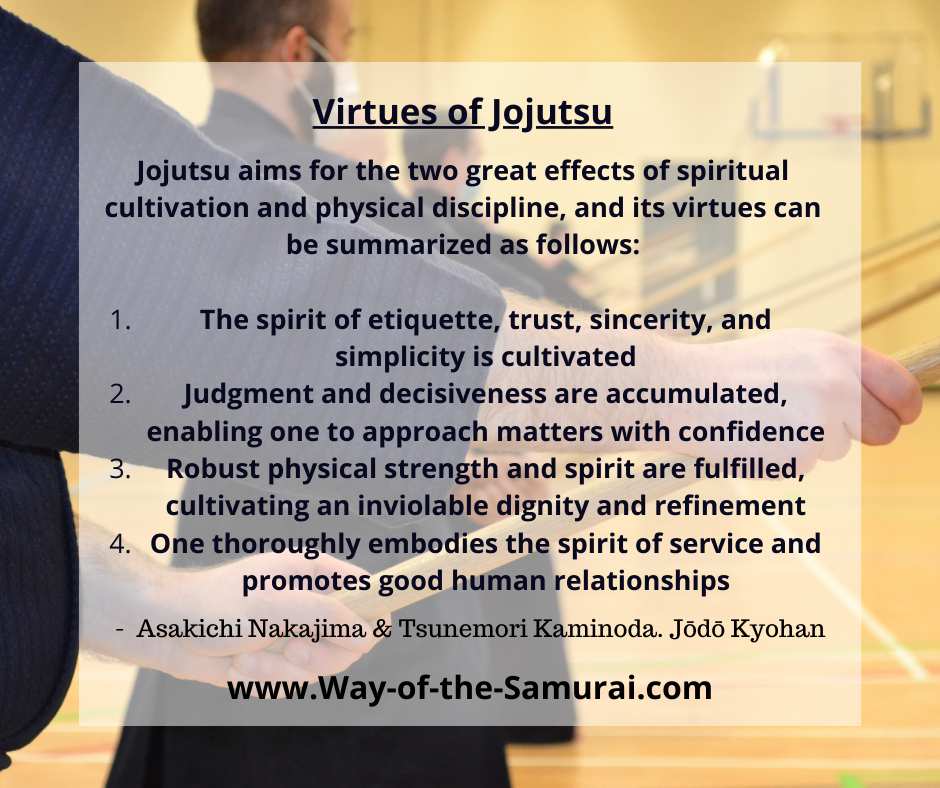
"The primary purpose of jojutsu is spiritual cultivation and physical training, but it fundamentally pursues mental techniques based on the spirit. No matter how skillfully and expertly one's jo handling may become, without spiritual application, one cannot reach the secrets of martial arts. The greatest purpose is to correctly understand the techniques left by our predecessors, strengthen body and mind, and grow into admirable people who can be trusted as members of society and contribute to the nation and society.
Virtues of Jojutsu
Jojutsu aims for the two great effects of spiritual cultivation and physical discipline, and its virtues can be summarized as follows:
- The spirit of etiquette, trust, sincerity, and simplicity is cultivated
- Judgment and decisiveness are accumulated, enabling one to approach matters with confidence
- Robust physical strength and spirit are fulfilled, cultivating an inviolable dignity and refinement
- One thoroughly embodies the spirit of service and promotes good human relationships
Guiding Spirit of Jojutsu
The forms of jojutsu, which make the essence of martial arts their fundamental structure, are called highly refined true sword forms and take the original meaning of "bu" (martial) as their guiding principle.
"Is there any teaching other than the jo for instructing and admonishing people without harming them?"
As sung in the transmission documents, the jo is round with no front or back. It appears ordinary and peaceful. As a weapon it is the most non-aggressive, but once it moves it generates the force of lightning, displaying the greatest virtue of "bu" within peace and harmony. Here lies the essence of jojutsu's guiding spirit and the nature of "martial training."
- Asakichi Nakajima & Tsunemori Kaminoda. Jōdō Kyohan. Japan Publications Inc. 1976
The jo itself is a straight wooden staff measuring 128 centimetres (about 4.2 feet) in length and 2.4 centimetres (0.94 inches) in diameter. Typically crafted from white oak for its combination of strength and flexibility, the jo becomes an extension of the practitioner's body through dedicated training. Unlike many weapons that specialise in either striking or thrusting, the jo excels at both, offering a versatile array of techniques that can adapt to various combat scenarios.
The great Jo master, Kaminoda Sensei, once wrote of this:
“The 1 bu fraction in the jo's length is said to have been added because 4 shaku 2 sun (shi-ni) connects to death (shi). The 8 bu diameter is interpreted as "opening" (hachi = open), and the round wood (maru) signifies harmony (wa). The fixed dimensions of the jo, with its history of approximately 370 years, cannot be changed under any circumstances.”
- Asakichi Nakajima & Tsunemori Kaminoda. Jōdō Kyohan. Japan Publications Inc. 1976
The Unique Appeal of Jodo, The Way of the Staff
What sets Jodo, The Way of the Staff, apart from other martial arts is its fascinating premise: it teaches how to overcome a sword-wielding opponent using only a wooden staff. This seemingly disadvantageous matchup transforms into a lesson about skill overcoming raw power, technique triumphing over superior weaponry, and intelligence prevailing over brute force.
The jo offers several advantages over other martial arts weapons. First, its length provides a reach advantage over shorter weapons while remaining more manoeuvrable than longer staffs. Second, both ends of the jo can be used equally well for striking or thrusting, allowing for quick reversals and continuous flowing techniques. Third, the practitioner can adjust grip position along the length of the jo, mimicking the techniques of sword, spear, or empty-handed combat as needed.
As is recorded in the densho (old scrolls) poems of Jōdō:
“Thrust like the spear, sweep like the naginata, hold like the sword. For the Jo, none of these are wrong”
- Yoneno Kotaro and Hiroi Tsunetsugu. “Jodo Kyoten”. Airyudo. 2005
How Jōdō Differs from Other Martial Arts
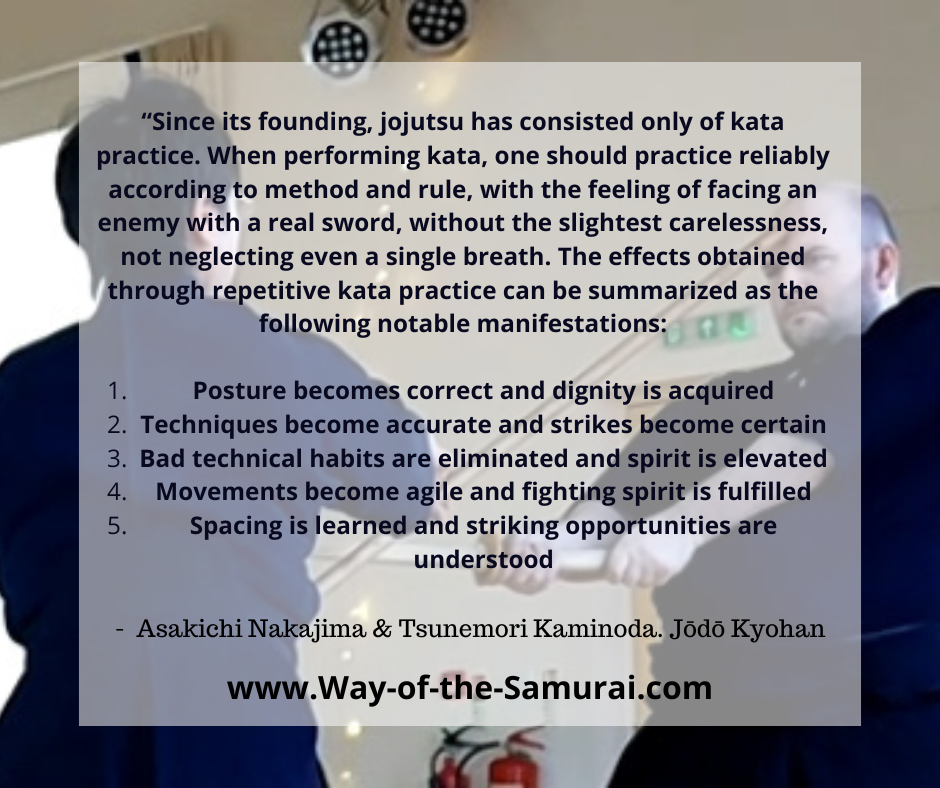
While many martial arts focus primarily on competition or self-defense applications, jodo the way of the staff, maintains its classical structure through the practice of kata, predetermined sequences of movements practised with a partner. There are no sporting competitions where practitioners freely spar with jo against each other. Instead, training follows a traditional model where technical precision, proper distancing, timing, and mental focus are emphasised.
The Jōdō Kyohan explains:
“Since its founding, jojutsu has consisted only of kata practice. When performing kata, one should practice reliably according to method and rule, with the feeling of facing an enemy with a real sword, without the slightest carelessness, not neglecting even a single breath. The effects obtained through repetitive kata practice can be summarized as the following notable manifestations:
- Posture becomes correct and dignity is acquired
- Techniques become accurate and strikes become certain
- Bad technical habits are eliminated and spirit is elevated
- Movements become agile and fighting spirit is fulfilled
Spacing is learned and striking opportunities are understood” “The 1 bu fraction in the jo's length is said to have been added because 4 shaku 2 sun (shi-ni) connects to death (shi). The 8 bu diameter is interpreted as "opening" (hachi = open), and the round wood (maru) signifies harmony (wa). The fixed dimensions of the jo, with its history of approximately 370 years, cannot be changed under any circumstances.”
- Asakichi Nakajima & Tsunemori Kaminoda. Jōdō Kyohan. Japan Publications Inc. 1976
In jodo the way of the staff, practitioners alternate between two roles: shidachi (the jo side) and uchidachi (the sword side). This balanced approach ensures that students understand both sides of each encounter, developing a comprehensive understanding of combat principles rather than a one-sided perspective. This partner practice creates a cooperative learning environment rather than a competitive one, though the intensity and martial spirit remain present.
Unlike arts that require extraordinary flexibility, strength, or athleticism, jōdō can be practised well into one's senior years. The techniques rely more on proper body mechanics, timing, and distancing than on raw physical attributes. This accessibility has made jodo the way of the staff, particularly appealing to adult beginners and those looking for a martial art they can practice throughout their lifetime.
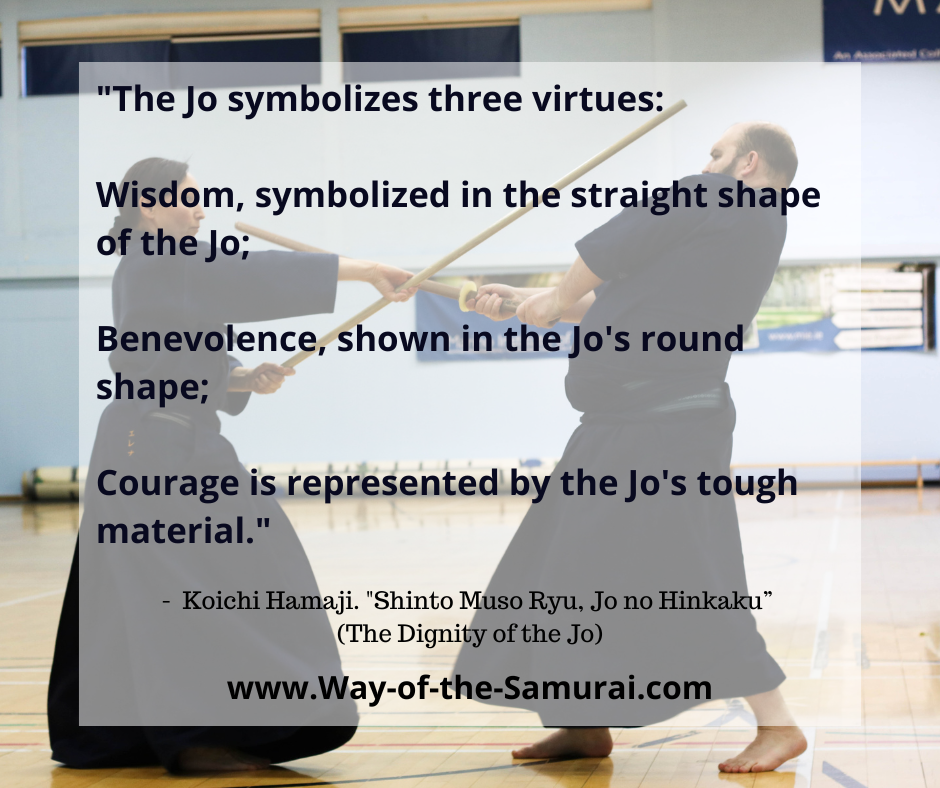
What to Expect in Your First Jōdō Class
Walking into your first jōdō class might feel intimidating, but understanding what to expect can help ease those initial nerves. Most beginners' classes follow a similar structure:
- Formal Opening: Class typically begins with a formal bow to the front of the dojo (shomen) and to the instructor. This cultivates the proper mindset for training.
- Warm-up Exercises: A thorough warm-up prepares the body for the specific movements of jōdō. This often includes joint mobility exercises and stretches focused on the shoulders, hips, and wrists.
- Basics Training: New students usually begin by learning how to hold the jo properly, basic standing positions (kamae), and fundamental movements such as how to walk while carrying the jo.
- First Techniques: The initial technique most beginners learn is called "Honte Uchi" (basic overhead strike). This foundational movement teaches proper body alignment, grip, and striking action.
- Cool Down and Closing: Class typically ends with a brief cool-down and a formal closing similar to the opening ceremony.
Don't worry about remembering everything in your first class! Jōdō, like all traditional Japanese martial arts, is learned through repeated practice over time. Your instructor understands that new movements feel awkward initially and will provide guidance appropriate to your experience level.
Beginning Your Journey in Jodo The Way of the Staff
If jōdō's unique combination of historical depth, philosophical richness, and technical precision appeals to you, the next step is finding qualified instruction. Look for dojos affiliated with recognised organisations such as the All Japan Kendo Federation (ZNKR) or legitimate koryu (traditional school) lineages of Shindo Muso Ryu, the original jōdō style from which modern standardised jōdō developed.
Before committing to regular training, arrange to observe a class. Watch how the instructor interacts with students, the training atmosphere, and whether beginners receive appropriate attention. Most legitimate dojos welcome observers and are happy to answer questions about their training approach.
Remember that jōdō is a journey rather than a destination. Each practice session builds upon previous ones, gradually transforming awkward movements into flowing techniques. Patience and consistent practice are the keys to progress, with each small improvement contributing to your overall development.
As you begin this journey, you join a centuries-old tradition that connects you not only to the historical warriors who developed these techniques but also to a global community of practitioners who share your interest in this unique martial art. The way of the staff awaits - may your path be as rewarding and illuminating as it has been for me.
- Home
- Jodo
If you'd like to train with me in authentic Japanese Martial Arts, those same warrior skills developed by the samurai, including Jodo, check out my dojo at DublinKendo.com
- - - -
If you want to get in great physical, mental and emotional shape using the same principles and techniques inspired by the fedual warriors and healers of Japan, check out my Samurai Strength Programs.
You've been reading about Jodo The Way of the Staff. Learn More Here.
Click here to return to the Way of the Samurai Home Page.
Free Samurai E-books
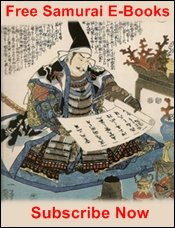
Get Free Exclusive Samurai Guides and E-books







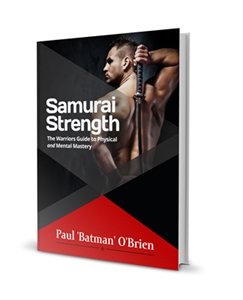
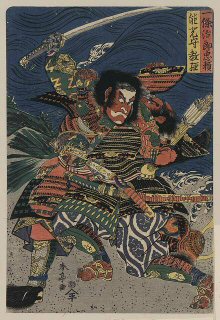
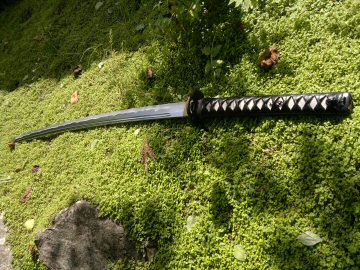
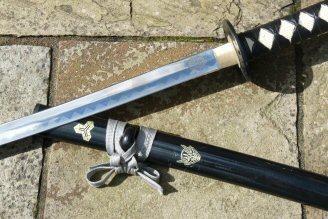
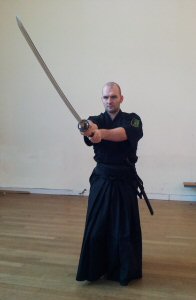
New! Comments
Have your say about what you just read! Leave me a comment in the box below.